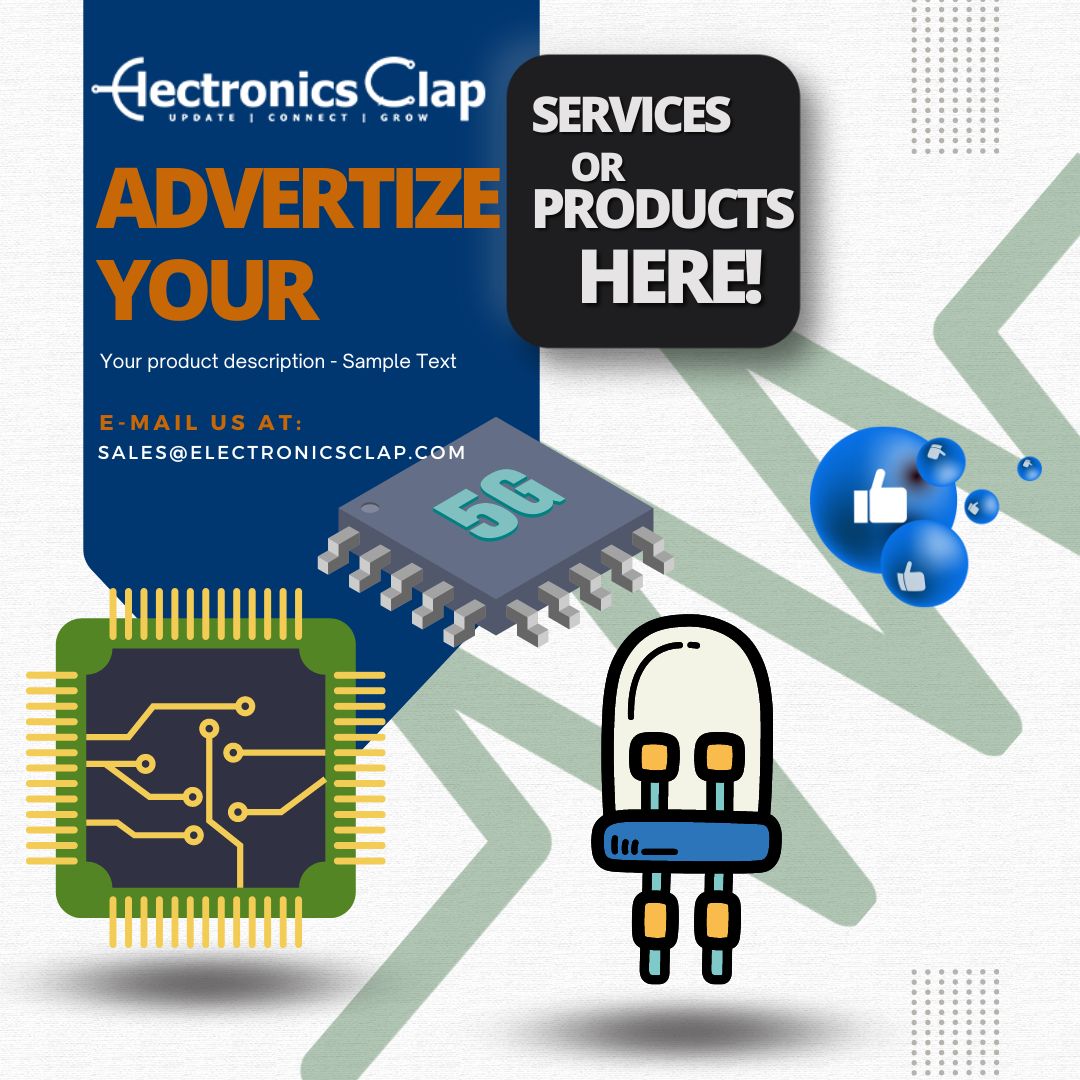TÜV Rheinland Group, a provider of third-party testing and certification, and Eyesafe, a blue light management and display solutions provider, release Eyesafe Display Requirements 2.0.
Eyesafe Display Requirements 1.0 was released in 2019 and since then, the product has established itself as an industry benchmark for low blue light emissions.
With advancements in research, specifically in the field of understanding the potential risks associated with exposure to blue light, the partners decided to develop and release its version 2.0. The new version simplifies the existing requirements and focuses on Blue Light Toxicity Factor (BLTF) as the primary metric of blue light risks, utilizing a more complete portion of the blue light hazard region on the spectrum of visible light.
The Eyesafe Display Requirements 2.0 establish a limit of 0.085 for BLTF and address the industry’s need for accurate color quality. The new requirements reflect the input of world-renowned optometrists and ophthalmologists. TÜV Rheinland will begin offering the Eyesafe Display Requirements 2.0 Certification in July 2022.
Along with the simplified requirements, TÜV Rheinland and Eyesafe are introducing the concept of Radiance Protection Factor for Display (RPF). The introduction of RPF will translate BLTF into a numerical scale from 0-100, making Eyesafe Display Requirements easy to understand for consumers. Consumer electronics companies will be able to utilize RPF as a mechanism to help consumers identify and compare the blue light protection of a given device.
“With screen time up significantly since the onset of COVID-19, the Eyesafe Display Standards are more important than ever for the global population,” said Dr. David Friess, chair of the Eyesafe Vision Health Advisory Board, which played a key role in defining the Eyesafe Display Requirements 2.0. “The update simplifies and focuses the requirements against the area of most concern in regard to high-energy blue light and provides a simple metric with RPF to help consumers understand reduction levels.”
“The introduction of Radiance Protection Factor, or RPF, as the new key performance metric that can be used to compare levels of blue light protection among different display options, removes the guesswork from consumers who have seen a massive proliferation and demand for low blue light devices in the marketplace in the past two years,” added Dr. Dagny Zhu, a member of the Eyesafe Vision Health Advisory Board.
“TÜV Rheinland and Eyesafe have been leaders in defining a set of requirements for blue light management. The announcement of the Eyesafe Display Requirements 2.0 comes at a critical juncture for the global display industry,” remarked Frank Holzmann, Global Vice President of TÜV Rheinland Business Field Electrical. “As more and more brands offer low blue light display options, it’s imperative that independent certification bodies like TÜV Rheinland offer more trustworthy and reliable information to consumers. With that goal in mind, we believe the new RPF scale empowers brands and consumers to understand the level of blue light reduction in a simplified way. TÜV Rheinland has always been on the forefront of establishing benchmarks for the industry.”
“When we introduced the original Eyesafe Display Requirements in 2019, the industry was just beginning to offer low blue light devices to consumers,” remarked Justin Barrett, the CEO and co-founder of Eyesafe. “Now that we are seeing broad-based adoption of low blue light as a necessary and standard feature in displays, it’s important that we continue our leadership role in pushing the industry forward by introducing the Eyesafe Display Requirements 2.0. This will set the benchmark for the next generation of displays.”
“We believe RPF will make it easy for consumers to quickly differentiate among competing devices that offer ‘low blue light,'” added Barrett. “The RPF scale puts the power of choice back in the hands of the consumer by enabling them to make the best decision for themselves, their employees, or their loved ones by knowing precisely how much blue light is emitted from the device.”







